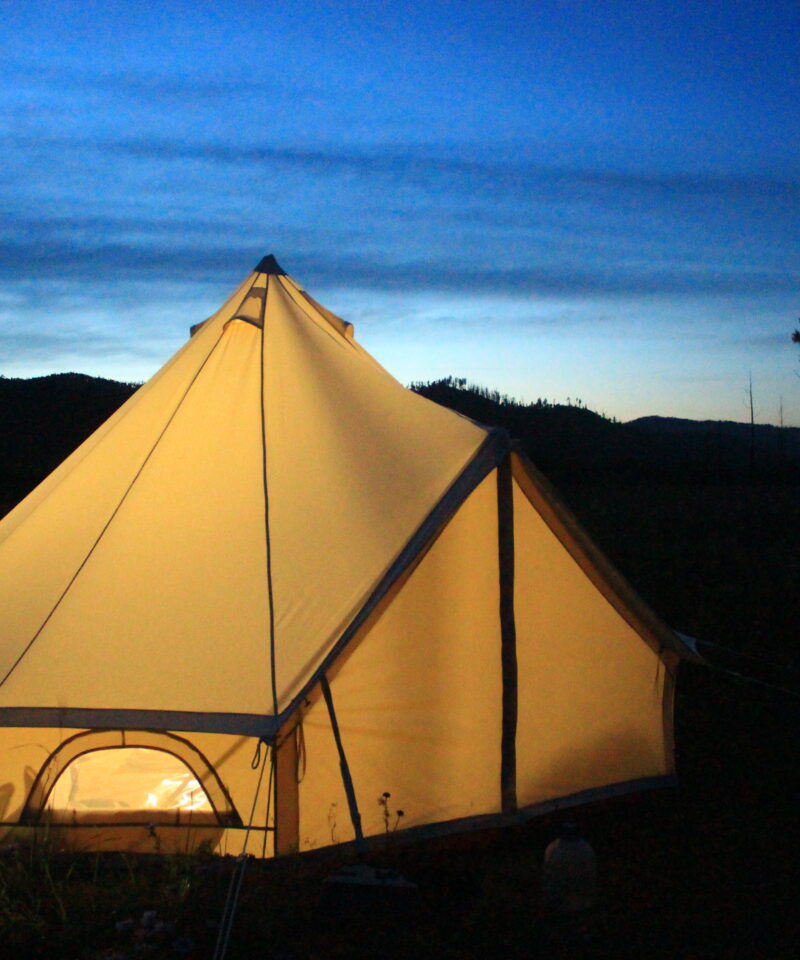Selenge Province is a significant region in northern Mongolia known for its diverse landscapes, cultural heritage, and historical importance. Here are some facts and information about Selenge Province:
Geography: Selenge Province is situated in the northern part of Mongolia, bordered by Russia to the north and northwest, Bulgan Province to the west, Tov Province to the south, and Khövsgöl Province to the northwest. It encompasses a varied terrain, including fertile valleys, rolling hills, and river basins.
Selenge River: The province is named after the Selenge River, one of the largest rivers in Mongolia. It flows through the province, providing fertile land for agriculture and sustaining local communities. The river eventually merges with the Orkhon River to form the mighty Selenge River.
Economy: Agriculture and animal husbandry are the primary economic activities in Selenge Province. The region is known for producing crops such as wheat, barley, potatoes, and vegetables. Livestock farming, including sheep, goats, cattle, and horses, is also prevalent among the nomadic herders.
Historical Sites: Selenge Province boasts several historical and cultural sites. Among these are ancient burial grounds and archaeological sites that reveal the region’s rich history dating back to various periods, including the Hunnu Empire and early Mongolian civilizations.
Natural Beauty: The province showcases stunning natural landscapes, including lush forests, grassy plains, and picturesque riversides. The Selenge River valley provides scenic vistas, attracting nature enthusiasts, photographers, and outdoor adventurers.
Transportation: Sükhbaatar, the capital city, is a transportation hub with road connections to other provinces. The Trans-Mongolian Railway also passes through this region, connecting Mongolia to Russia and China, facilitating trade and transportation.
Tourism: Selenge Province offers opportunities for eco-tourism, cultural exploration, and adventure activities. Visitors can immerse themselves in nomadic lifestyles, explore historical sites, enjoy river-based activities, and experience the warm hospitality of local communities.

